Stages of sowing winter wheat and further care of plantings
The value of winter wheat lies in its grain. It contains large amounts of protein, fats and carbohydrates. Protein forms gluten, which is important in the production of bread and makes it better in quality.
The technology for cultivating winter wheat has features that affect the yield. In the article we will talk about the stages of sowing winter wheat and further care of the plantings.
Features of sowing winter wheat
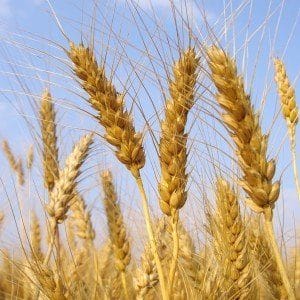 The main difference between winter wheat and spring wheat is the timing of sowing and the duration of growth. Winter varieties are sown in autumn or late summer so that the crop has time to germinate and take root before frost arrives. Spring varieties are sown in spring. The duration of the growing season of spring wheat is no more than one hundred days, winter wheat (including the winter period) is 320-350 days.
The main difference between winter wheat and spring wheat is the timing of sowing and the duration of growth. Winter varieties are sown in autumn or late summer so that the crop has time to germinate and take root before frost arrives. Spring varieties are sown in spring. The duration of the growing season of spring wheat is no more than one hundred days, winter wheat (including the winter period) is 320-350 days.
Unlike spring wheat, winter wheat produces a larger yield. It has a stronger root system, is more resilient, and can withstand changing weather conditions.
Winter wheat requires long daylight hours to develop.. Insufficient lighting causes the tillering leaf to sprout near the soil surface. This reduces the winter hardiness of the crop.
Seed germination depends on ambient temperature and humidity. They germinate on days 6-9 at an air temperature of +14°C and soil temperature of about +1°C. At temperatures below +14°C, seedlings appear on days 13-16. In snowless winters, seedlings tolerate temperature drops down to −19°C
The optimal temperature during the flowering and ripening period of cereals is from +18 to +27°C. If the summer is dry, this negatively affects the ripening of grain. Winter crops require more moisture than spring crops throughout the growing season. Thus, during grain germination, at least 1 cm of water is required in the top layer of soil, during tillering - up to 3 cm.
Sowing dates
Sowing dates depend on climatic conditions and soil fertility.
The optimal date is September 15-20. Wheat planted at this time has time to sprout and take root before the onset of frost. On poor soils, crops are sown earlier - September 14-17. On fertile ones, a later sowing date is possible. Fertile soils accelerate the development of grain, it germinates faster, and by winter it can overgrow and freeze.
Before the onset of cold weather, the culture develops for about two months, has 2-4 developed sprouts.
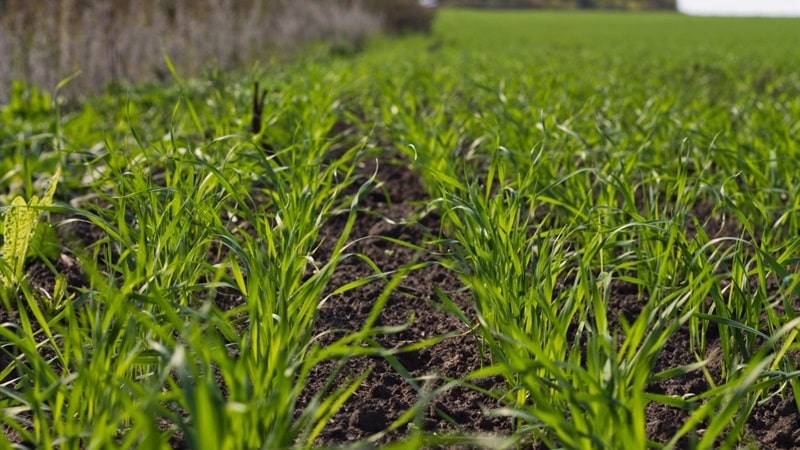
Seeding rates per hectare
Climatic conditions, quality of seed material, sowing time, variety, sowing method, weediness of the field, predecessors influence the rate of grain sowing.
The optimal rate is considered to be the one that provides the required germination and productivity under certain climate conditions. The maximum productivity of winter crops is achieved when the number of plants at the time of harvesting is 300-400 pcs. per 1 m², with a productive stem density of 500-700 pcs. per 1 m².
The seeding rate per 1 ha varies from 2.7 to 5.7 million seeds. The harvest rate per 1 ha is 300 kg, this figure depends on the sowing time. The later sowing is carried out, the more seeds per 1 hectare are required, the smaller the harvest will be.
To calculate the norm in kilograms per 1 hectare, use the formula: H=K*B*100/G, G=A*B/100, where:
- N — seeding rate, kg/ha;
- K - million seeds per 1 ha;
- B—weight of 1000 seeds, g;
- G - sowing or economic suitability, %;
- A — seed purity, %;
- B - seed germination, %.
The formula shows that the seeding rate of winter crops depends on seeding coefficient (K), weight of 1000 seeds (V) and sowing suitability (D). Other factors are not taken into account.
Provided that field germination is achieved at the level laboratory and the absence of plant death during the growing season, this formula would be convenient for calculations. But if the pre-sowing preparation of soil and seeds is insufficient, field germination can exceed 70-80%.
Calculation of the seeding rate of winter wheat using this formula takes this into account and provides for sowing an insurance stock of seeds, which is about 20-30% of the seeding rate.
Variety selection
To get good seedlings and harvest, local varieties are chosen for sowing. Varieties from other countries take a long time to get used to climatic conditions, soil, and cultivation technologies. Let's talk about the most common and productive varieties of winter wheat.
Bezenchukskaya 380
Mid-season variety of winter wheat, characterized by high yield, winter hardiness and drought resistance. Resistant to powdery mildew, yellow rust, septoria. The growing season is 335 days. Productivity - 73 c/ha. They are grown in central Russia and central regions.
Nemchinovskaya 57
Mid-season variety, winter-hardy, resistant to drought and lodging. Productivity from 34 to 68.5 c/ha. Cultivated in the Moscow and Tula regions.
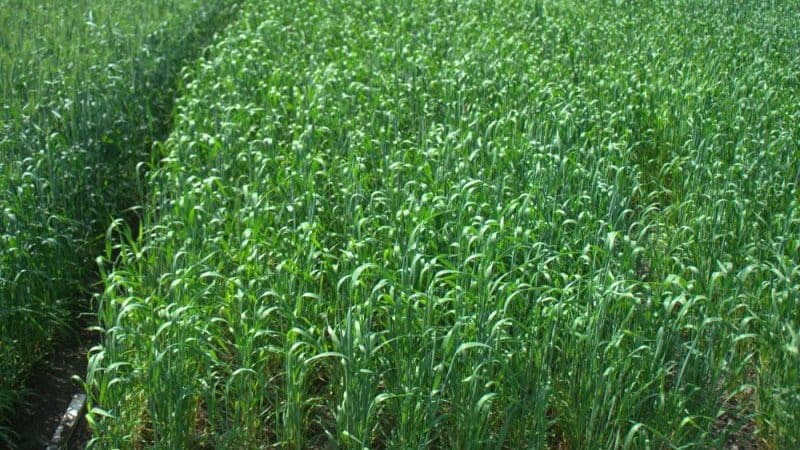
Mironovskaya 808
Mid-season variety. Resistant to low temperatures, drought and lodging. May be affected by brown rust. The growing season is 300-310 days. Productivity - 50 c/ha. Cultivated in the central regions, Western Siberia and the Urals.
Moskovskaya 39
A distinctive feature is the high protein content of the grain. Resistant to frost and lodging, drought resistance is average.Not susceptible to infection with smut and septoria. The average yield is 28.6 c/ha. Cultivated in the Far East, Central and Northwestern regions.
Yuka
Early ripening variety, average winter hardiness. Yuka variety resistant to lodging. High yield - up to 100 c/ha. Cultivated in the North Caucasus region.
Read also:
What is good about the “Thunder” wheat variety and what are its features?
Winter wheat “Moskovskaya 40”: description of the variety
Description and characteristics of the winter wheat variety “Bagrat”
The best predecessors according to the rules of crop rotation
The choice of predecessors determines the yield, productivity, structure and quality of grain, gluten percentage.
Early ripening plants are suitable as precursors for winter crops.. They do not delay the clearing of fields for plowing; their root system helps accumulate moisture in the soil. Crops prevent weeds from sprouting and clogging fields.
The best precursor is pure steam, which accumulates a large amount of moisture in the soil. Then comes the planting of crops:
- legumes;
- corn for green fodder and silage;
- oats;
- buckwheat;
- perennial herbs.
You can’t plant winter crops after barley. Wheat is planted in one place no more than once every 2 years.
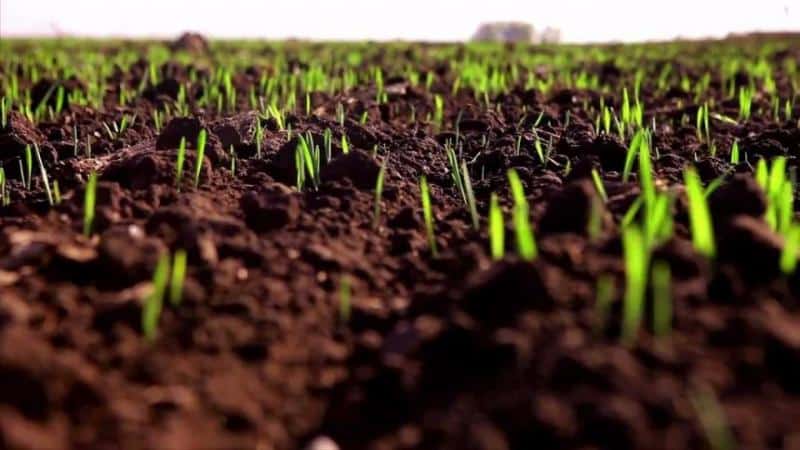
Soil preparation
Choose a place for sowing wheat that is sunny, with deep groundwater.. Chestnut, podzolic, chernozem and sod-gley soils are suitable for growing winter crops. Mineral fertilizers are added to other soils before planting.
Tillage is carried out before sowing. It is cleared of weeds and, if necessary, treated for pests.
Optimal acidity level land for winter wheat - pH=6.5-7.
The soil is plowed to a depth of 8-10 cm. Wherein fertilizer close up and plant remains. On an industrial scale, a complex of mineral fertilizers is applied to the soil. In small farms, humus is applied with the addition of potassium (40-60 kg/ha), phosphorus (60-80 kg/ha) and nitrogen (30-50 kg/ha) fertilizers.
Afterwards the ground is leveled.
Sowing technology
Large and high-quality winter crop seeds are selected for sowing. Shoots of large grains have time to develop a root system and establish a deeper tillering node - this significantly increases the winter hardiness of the plant.
Wheat is sown using the ordinary method, which has its advantages.:
- ensures friendly shoots, growth and development;
- reduces losses during harvesting;
- reduces equipment costs;
- ensures rational use of cultivated areas.
Optimal seed planting depth - from 4 to 10 cm.
After sowing, the seeds are rolled with earth and the ground is harrowed. If wheat is sown later than the optimal time, then the seed planting depth is reduced by 1-2 cm. This accelerates the growth of winter crops.
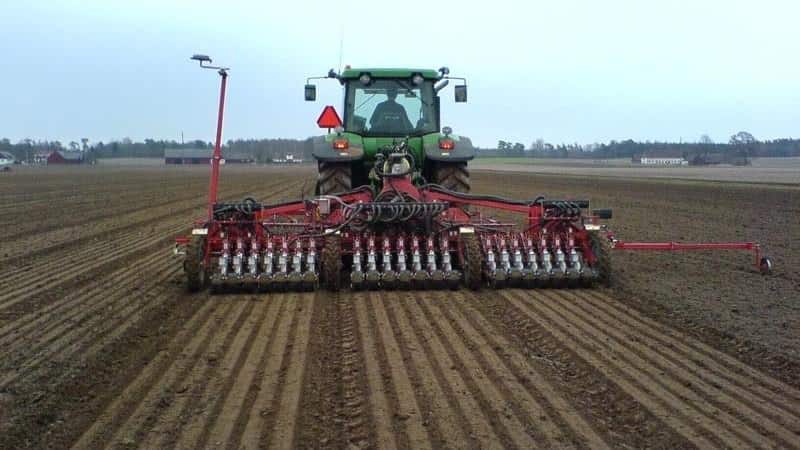
Nuances depending on the region of planting
Depending on the region, the timing and norm of sowing, the depth of planting seeds are different. This is explained by the peculiarities of climatic conditions, soil composition and moisture.
Winter crops are sown:
- in Polesie - September 1-15;
- in the forest-steppe and western regions - September 5-20;
- in the steppe - September 5-25;
- in the southern regions - from September 15 to October 5.
Average sowing rates:
- in Polesie - 5-5.5 million units. for 1 hectare;
- in the forest-steppe - 4.5-5 million units. for 1 hectare;
- in the steppe - 4-4.5 million units. for 1 hectare.
Planting depth in non-chernozem regions - 4-6 cm, in arid areas - 6-8 cm, if the top layer of soil is very dry, then 10-12 cm.
Further cultivation technology
From sowing to harvesting, winter crops go through 6 development phases:
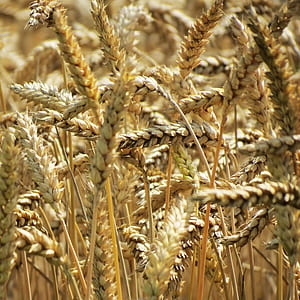 seed germination;
seed germination;- tillering phase - when lateral shoots form on the stem and root;
- exit into the tube - the first node appears on the main stem;
- heading - germination of spikelets on shoots;
- bloom;
- ripening - in this phase, grain formation, loss of accumulated moisture, and grain ripening occur.
So that all phases proceed without failures, growth and productivity do not decrease after sowing fertilize with nitrogen fertilizers (40-80 kg/ha).
In spring they are treated with biological and chemical substances for protection against pests and diseases. Weeds are removed, fields are treated with herbicides (“Verdict”, “Bakara Forte”, “Alistair Grand”).
Reference. When processing infected crops, the economic threshold of harmfulness is taken into account.
The use of chemicals depends on the degree of infestation, type of diseases and pests. Failure to comply with preventive measures can lead to crop loss.
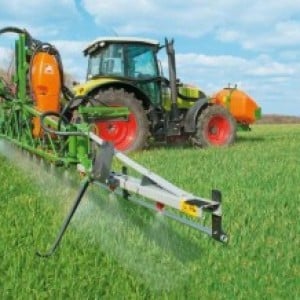 The growing crop is watered regularly. The amount and frequency of watering depend on the type of wheat and soil composition. To ensure high yields, spring water reserves in the top layer of soil should exceed 2 cm.
The growing crop is watered regularly. The amount and frequency of watering depend on the type of wheat and soil composition. To ensure high yields, spring water reserves in the top layer of soil should exceed 2 cm.
Harvesting is carried out after the grain has fully ripened, at a humidity of 15-17%. They use special grain harvesting equipment and combines. The timing and methods of harvesting also affect its volume. If wheat is not collected in time, it will begin to crumble, which will lead to loss of harvest.
The main method of harvesting ripe wheat is single-phase, in which grains are separated from the ear in one cycle of work. There is a two-phase method, when the ears are first mowed, windrows are formed, and after drying they are threshed. This method is more labor-intensive, but it produces less grain loss.
Conclusion
The technology for cultivating winter wheat depends on various factors: in which region it is grown, weather conditions, variety, soil composition. The timing of sowing and further care affect the yield of the crop. Compliance with all cultivation requirements will allow you to obtain a rich grain harvest.